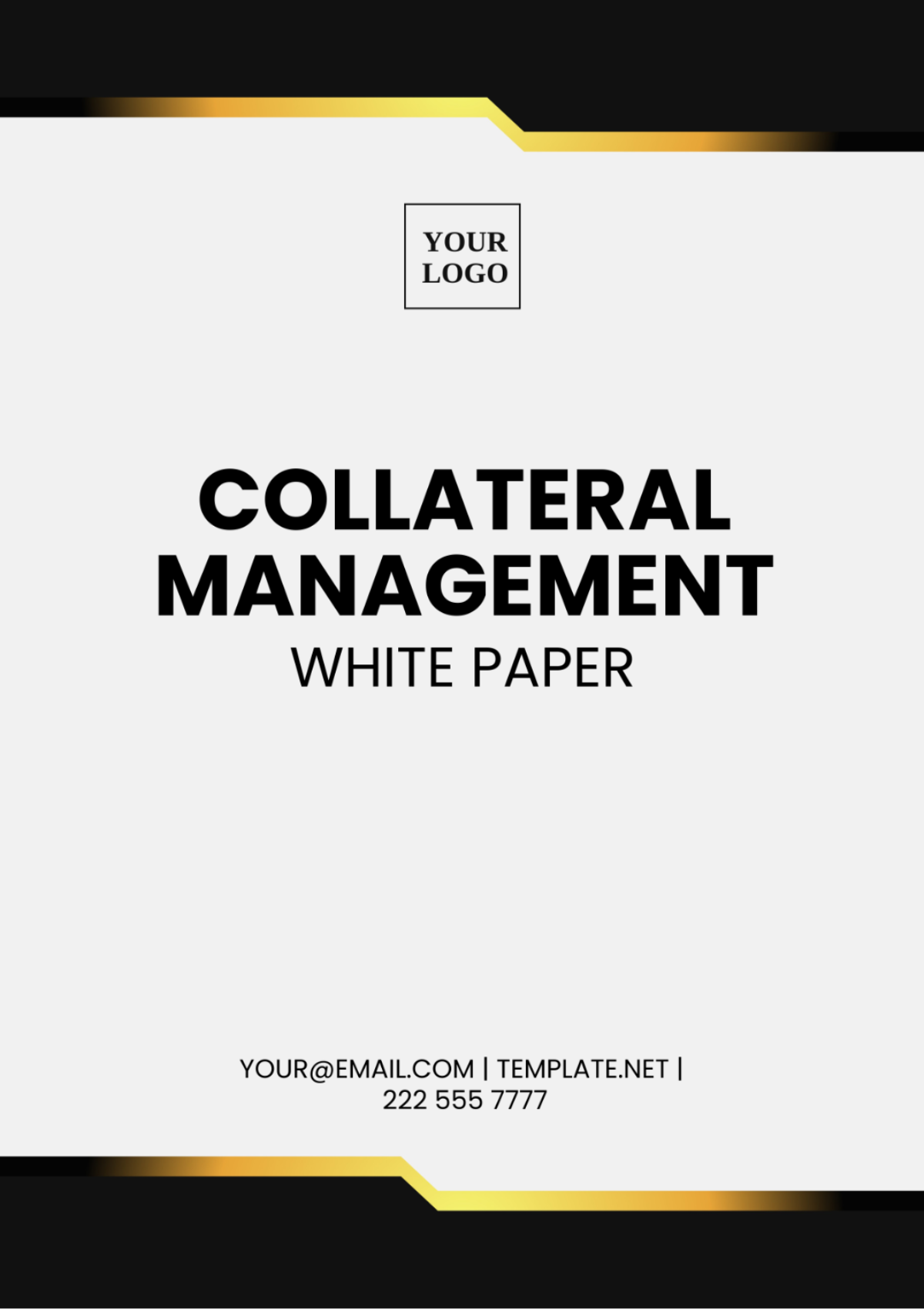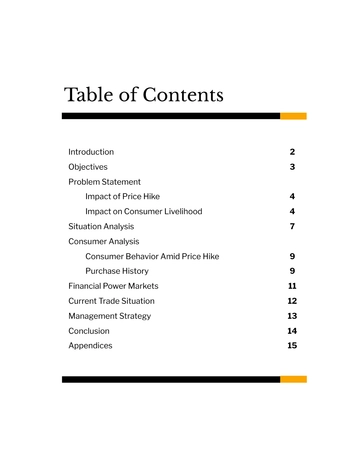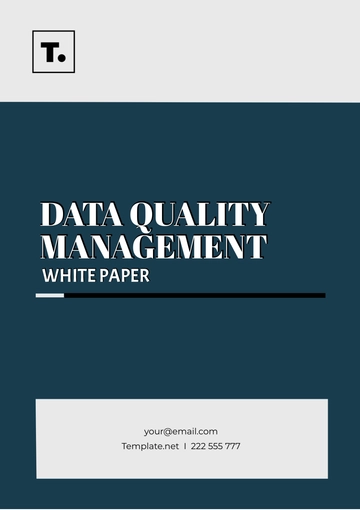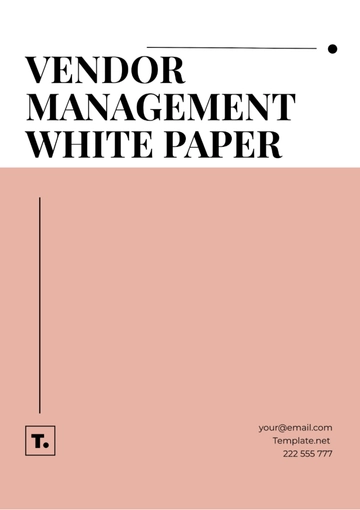Free Collateral Management White Paper

I. Executive Summary
Proper management of collateral reduces risks in lending and trading through precise evaluation, improving asset utilization for optimal gains while preserving liquidity and adhering to legal standards. Accurate appraisal techniques and strong risk analysis contribute to financial solidity and the ability to withstand market volatility.
II. Introduction
This white paper explores modern methods and technologies that enhance collateral valuation, optimize asset utilization, streamline risk assessment, and ensure compliance with regulations, highlighting the importance of collateral management in mitigating risk through asset-backed security against defaults and market volatility, and enabling confident growth in lending and trading by leveraging collateral across various financial activities.
III. Understanding Collateral Management
Definition of Collateral: Collateral refers to assets pledged by a borrower to secure a loan or financial obligation. It serves as a guarantee for lenders that they can recover some or all of the loan amount in case of borrower default.
Types of Collateral: Common types of collateral include:
Cash: Liquid funds deposited as collateral.
Securities: Marketable financial instruments like stocks, bonds, or mutual funds.
Physical Assets: Tangible properties such as real estate, vehicles, or equipment.
Importance of Collateral Valuation Methods:
Market Value Assessments: Evaluating collateral based on current market prices to determine its worth accurately.
Haircut Calculations: Adjusting the collateral value downward to account for potential market fluctuations and liquidity risks.
Stress Testing: Simulating adverse scenarios to assess collateral adequacy under varying market conditions and borrower behaviors.
The methods of valuation employed here are of utmost critical importance for the following reasons:
Determining Collateral Adequacy: Ensuring that the collateral value is sufficient to cover the loan amount in case of default, reducing lender risk.
Risk Exposure Management: Identifying potential risks associated with collateral assets such as price volatility, liquidity constraints, or concentration risks.
Regulatory Compliance: Meeting regulatory requirements regarding collateral valuation accuracy, risk management practices, and capital adequacy ratios for financial institutions.
IV. Challenges in Collateral Management
Common Challenges
Fragmented Data Sources: Difficulty in consolidating data leads to incomplete collateral information.
Manual Reconciliation Errors: Mistakes in reconciling collateral data cause operational inefficiencies.
Regulatory Complexities: Evolving regulations demand constant updates to collateral processes.
Regulatory Compliance Issues
Basel III Requirements: Stricter standards require accurate collateral valuation for liquidity and solvency.
CCP Margin Rules: Mandate proper collateralization of derivatives, emphasizing efficient collateral management.
ISDA Documentation Standards: Ensure legal compliance and risk mitigation in derivative transactions.
V. Best Practices in Collateral Management
Efficient Collateral Optimization Techniques
Collateral Reuse: Maximizes asset utilization by securing multiple obligations.
Netting Agreements: Offsets exposures to reduce collateral needs and optimize capital.
Portfolio Diversification: Spreads collateral to mitigate risks and improve returns.
Use of Technology like Collateral Management Software
Automated Workflows: Streamlines collateral processes, and reduces errors, and delays.
Enhanced Margin Efficiency: Optimizes margins, reduces calls, and boosts capital efficiency.
Real-time Visibility: Provides live data on collateral positions, exposures, and compliance for proactive risk management.
VI. Case Studies
Successful Collateral Management Implementations
Case Study 1: [Financial Institution A]
Objective: Improve risk management and regulatory compliance.
Approach: Implemented advanced Collateral Management Software.
Outcome: Enhanced collateral valuation accuracy, reduced operational risks, and ensured regulatory compliance, leading to improved credit ratings and investor confidence.
Case Study 2: [Financial Institution B]
Objective: Optimize capital utilization and enhance returns.
Approach: Implemented collateral reuse and netting agreements.
Outcome: Reduced collateral requirements by 30%, optimized capital allocation, and improved risk-adjusted returns on investment portfolios.
VII. Collateral Management Solutions
Innovative Approaches to Collateral Management
Machine Learning-Based Collateral Analytics:
Utilizes ML algorithms for historical data analysis, risk assessment, and predictive modeling.
Improves decision-making accuracy and proactive risk management.
Blockchain-Enabled Smart Contracts:
Utilizes blockchain for secure, automated collateral agreements and transactions.
Enhances transparency, reduces errors, and fosters trust among parties.
Interoperable Collateral Management Platforms:
Integrates systems for seamless collateral transfers and optimization strategies.
Enhances operational efficiencies and reduces reconciliation efforts.
Role of Automation and AI in Collateral Management
Optimizing Collateral Allocation:
AI algorithms optimize collateral allocation based on risk profiles and regulatory requirements.
Automates collateral selection and monitoring processes.
Margin Call Management:
Automated margin call generation and processing based on real-time market data.
Streamlines communication and settlement processes, reducing disputes.
Collateral Inventory Monitoring:
AI analytics provide real-time visibility into collateral positions and compliance status.
Enables proactive risk mitigation and decision-making.
VIII. Conclusion
In conclusion, this white paper highlights collateral management's critical role in risk mitigation, regulatory compliance, and optimizing asset usage. It emphasizes modern practices and technologies like machine learning, blockchain, and collaboration for effective navigation of dynamic financial landscapes, ensuring sustainable growth and resilience.
- 100% Customizable, free editor
- Access 1 Million+ Templates, photo’s & graphics
- Download or share as a template
- Click and replace photos, graphics, text, backgrounds
- Resize, crop, AI write & more
- Access advanced editor
Optimize collateral usage with our Collateral Management White Paper Template from Template.net. Editable and customizable, it empowers strategic modifications using our Ai Editor Tool for enhanced collateral management strategies. This template serves as a comprehensive resource, guiding users through effective collateral utilization techniques, risk management strategies, and compliance measures. Maximize the value of your assets





























